Design basics for flexible housing:
Depending on the stage you are at in your life, you might have kids, they might be gone or you might want to have some in the future. Design floor plans that work for you right now but can be easily adapted to accommodate different family dynamics in the future.
Flexible housing starts with a basic layout that allows for functional expansion in the future. Lay out your interior floor plan so that if you need to expand out or up, space is already allotted for access.
For example, this can be easily accomplished by:
- Designing a bedroom so part of it can serve as a hallway for a future expansion while maintaining a reasonable size room.
- Expanding into attics - keep this is mind when designing your roof. Consider rafters or a truss design that allows for head room, as well as a logical access that doesn't interrupt the flow of the lower floor.
- Finishing basements is quite common for adding space to a home, but be sure your walls are well-constructed to prevent moisture damage. If you are pouring a basement floor but don't intend to finish it right away, consider installing radiant floor tubing as a future heat source.
Plumbing and wiring:
Some of the biggest challenges in changing the layout of a home include plumbing and electricity. Imagine how much easier it would be to convert a bedroom into a granny suite if you planned ahead for a separate entrance and ran wires and pipes for a kitchenette and bathroom.
If you anticipate different uses for a room, you might only have to make a cut in the drywall to find a stove plug, water lines and a drain. Compare this to ripping out walls and running new electrical and water feeds throughout your house.
A note of caution; do not actually hook up water and electrical lines, simply have them ready. The same thing applies to water; run lines towards a main water feed ready for future installation and allow enough slack for them to be easily connected.
Pre-framing rooms for future changes can also save materials, money and headaches. You can prepare for future changes by framing door openings inside interior walls at sensible locations, or including a header to easily convert two small rooms into one larger room.
Home design for seniors:
For those who plan to stick it out long term in one house, age will catch up with you eventually so prepare for that now. A main floor master bedroom, full bathroom and laundry facilities can save you from having to negotiate stairs as part of your daily routine.
If you do plan to keep all bedrooms on the second floor, consider reinforcing stairways to allow for lifts, or vertically aligned closets framed for future vertical lifts.
Other features to think about:
- Wiring upper floors with separate plumbing, phone lines and a stove plug for future apartments.
- 3/4 inch plywood backing behind the drywall in bathrooms to facilitate safety handles.
- Universal access doors (36") and spacious bathrooms.
- Under-counter openings for wheelchairs.
There is no question that incorporating flexible design features into new home construction will add some cost. But it will almost certainly save someone a lot of money at some point whether that's you, your kids or a future occupant, and it can be a selling feature.
Some features are cheaper to add than others, so if you are on a tight budget, do what you can. At the very least put some thought into flexible design and if possible lay out your home in a way that makes it a bit easier to modify in the future.
Document your work:
Keep a detailed diagram of any flexible design features that you include in a building project, so you don't end up cutting ten holes in your drywall looking for that elusive stove plug.
Documentation is essential for hidden infrastructure like flexible design, but don't stop there. Modern homes can have a lot more features and gadgets than in years past, so it can be really helpful to have a trouble shooting manual and maintenance schedule for the systems of your home.
It can come in handy for yourself, but also it's a great feature if you sell your home. Even if you go on vacation for a week it can help you and your house sitter if there is a detailed list of solutions to potential problems. That can even be just basic actions to take if a simple alert goes off like smoke alarms, dehumidifiers, water softeners, heat exchangers etc.
Knowing how something was built will be really helpful to the person who comes along one day and has to take it apart or make repairs. Anyone who has ever done renovations can tell you stories about surprises they found in walls. Being able to present a contractor ahead of time with details of what they will encounter can possibly save you some money.
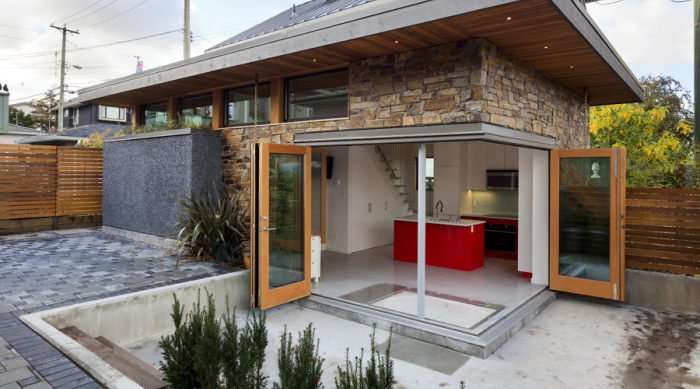
















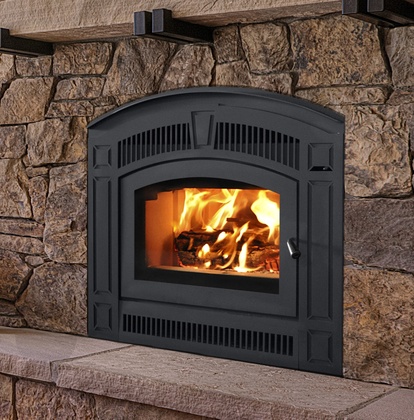

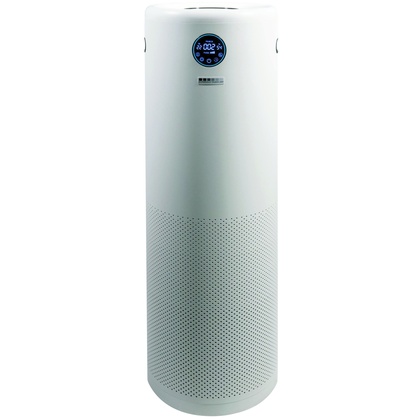

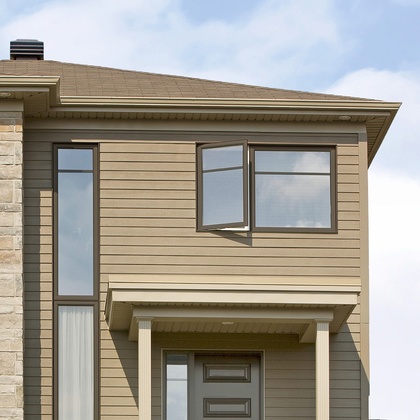



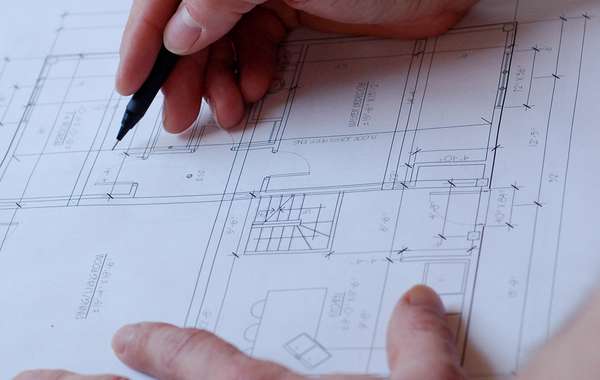
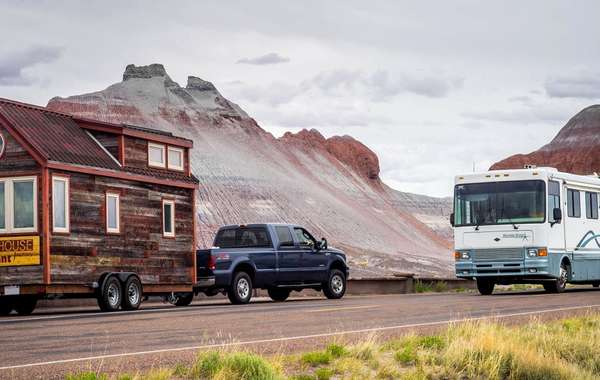
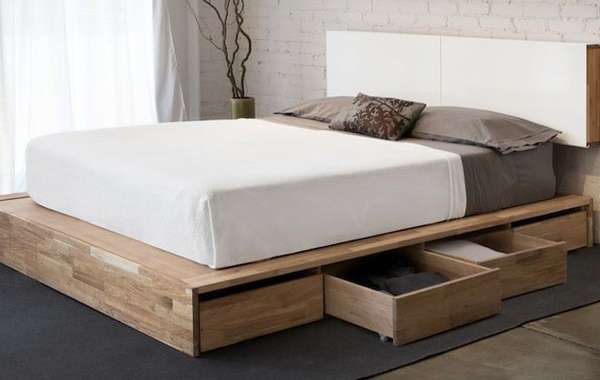
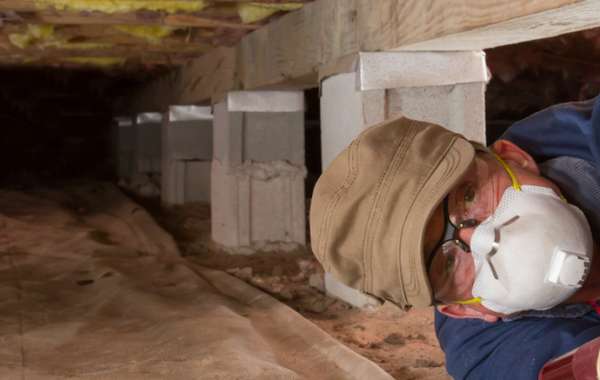
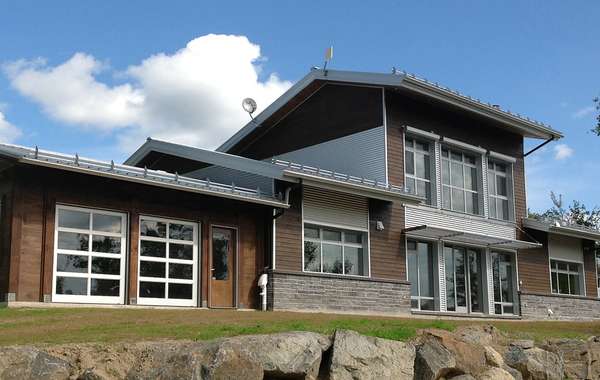
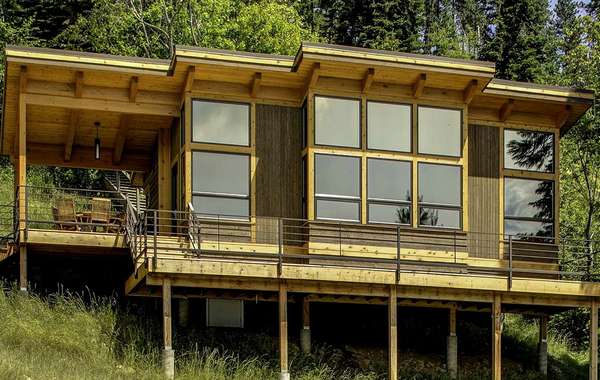
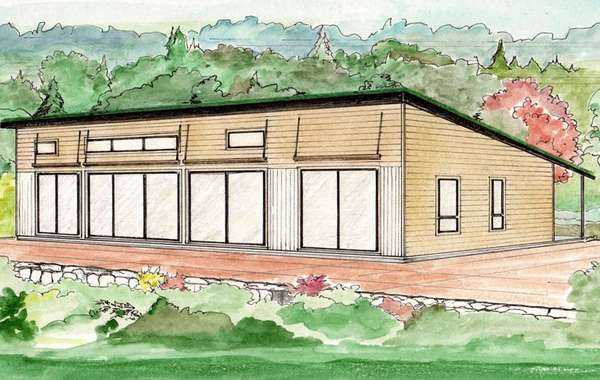

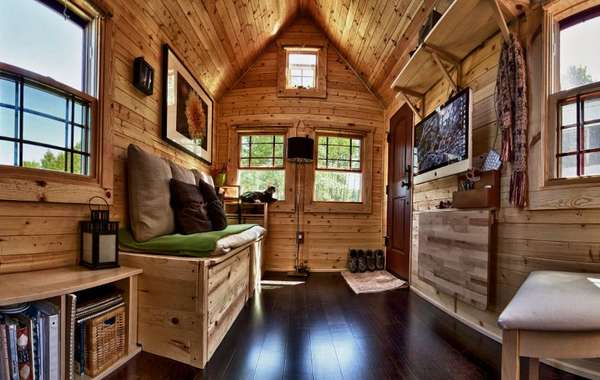
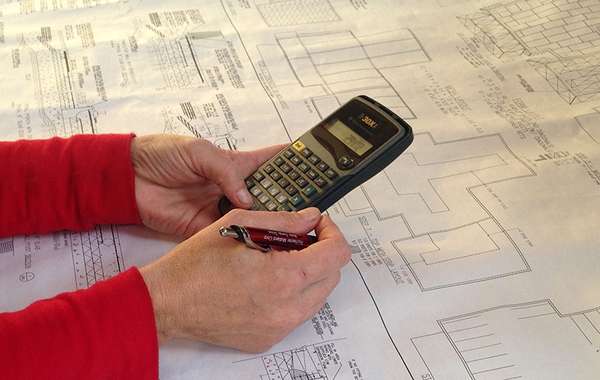
More homes should be built with flexible housing in mind. I've designed my LAST home to be so. I will add to the list in the Golden Years. Lever door hardware, Roll in shower(or very low threshold), Pocket doors. Insulate the 1st floor ceiling, & have an easy way to drain water pipes, heat, etc. & "Shut Down", the unused upstairs. I used a insulated exterior pocket door at the base of the stairs, when opened, it is totally out of the way. Both ends,Pre Kids or Golden years.
Is anybody knows Move Home Module?